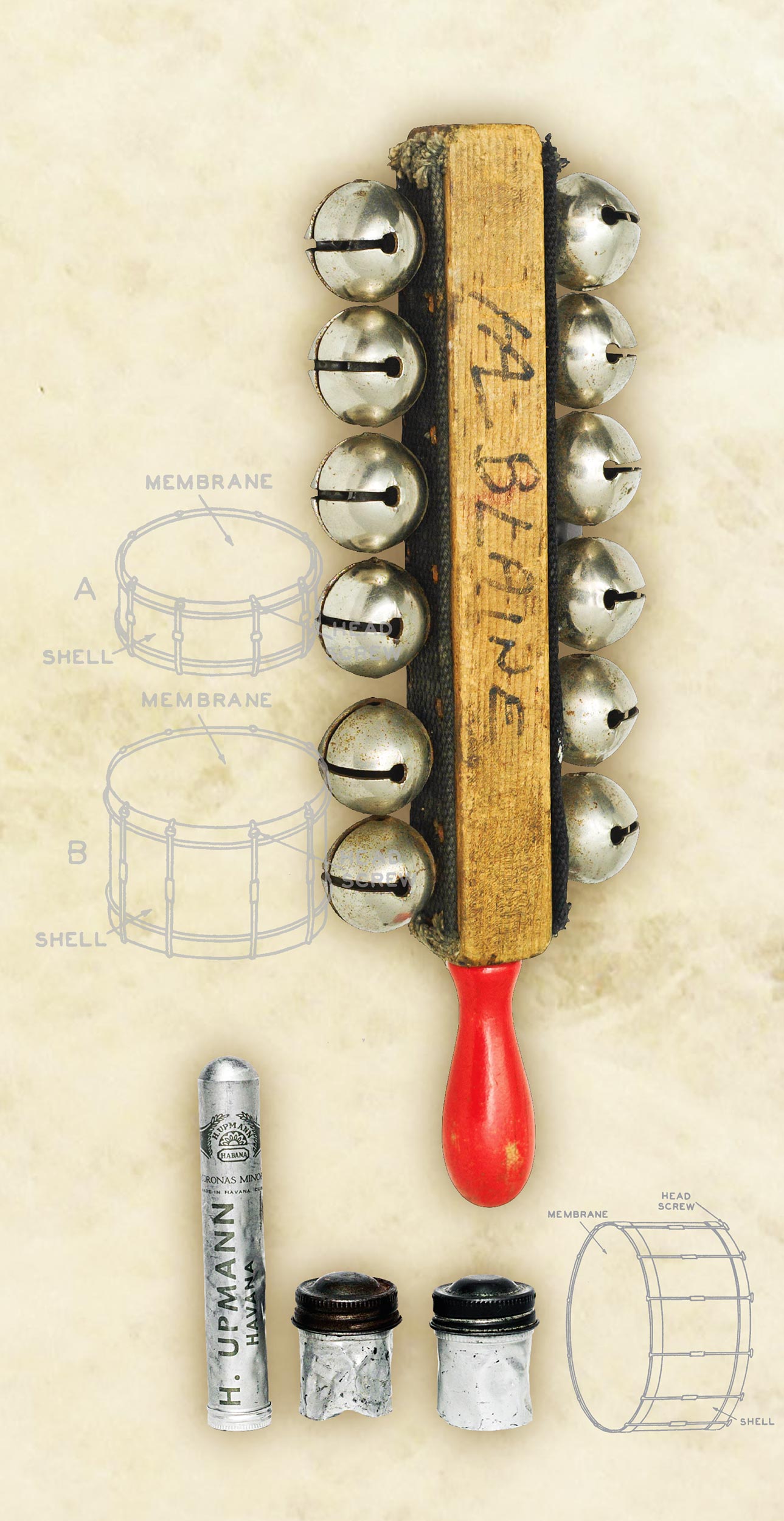Geoff Daking began his career as a drummer in a signed band, then became a recording engineer, and almost three decades ago began building his own brand of recording gear in California. This is to say that Daking is one of the few companies where hardware is designed by people who successfully worked on commercial records in professional studios.
The Daking Comp II compressor was favorably reviewed by editor Larry Crane in Tape Op #140, and now I’m evaluating the Comp IIT, which is the same compressor with added Jensen input and output transformers. The Comp IIT can be used in stereo or dual-mono modes, and while it uses VCAs, it sounds and behaves much like a FET compressor. The user controls are very simple, with two Release settings, two Attack settings, two Ratio settings, and variable Threshold and Output controls. While this may sound limiting (pun intended) at first, the compressor is extremely versatile.
Daking generously lent me a Comp II and Comp IIT so that I could evaluate and compare the two units, and I used them on a variety of mixing projects, from acoustic folk music to EDM to gospel records. I mainly applied the compressors on lead vocals and bass, but also used them on saxophone, drum bus, and guitar bus. In every case, I found a setting that got the job done while never feeling constrained by a lack of options. I would characterize the compressor as transparent, but with as much control as you need. Up to 7 dB of analog compression was tonally transparent and effective for sitting a vocal just right in a mix. For bass, only 2 to 4 dB of compression or limiting was used for excellent dynamic control. The Attack and Release times would be considered quick, but not instant, and the ratio can be set to either 4:1 or 14:1.
Jensen transformers tend to be extremely transparent, so I was interested in hearing the difference between the transformerless Comp II and the transformer-based Comp IIT. With identical settings on both models, there was a slight, but noticeable difference in tone between the two units. In general, the transformerless Comp II tended to sound open (especially the bottom octave) and I felt that I used a bit more compression to control a vocal or bass in a pop mix. The transformer Comp IIT felt a bit more controlled, maybe even a bit more focused on the bottom, so I would tend to use slightly less compression. Ultimately both units were almost interchangeable. For rock and pop styles, the transformer version may get you there quicker, while for more dynamic acoustic styles the transformerless version may be the appropriate choice. I found it almost impossible to drive enough level into the transformers to get any noticeable saturation out of them, but my overall impression was that the transformers created a tighter and more controlled sound.
There are reasons besides saturation to consider for choosing transformer-based gear. Transformers perform some necessary electrical functions in an elegant way, including impedance matching, ground loop elimination, and dealing with balanced-to-unbalanced connections. If you plan on bringing a Comp IIT with you to sessions or even need to connect it to a patchbay for flexibility, the transformer option may solve some problems for you. Both units use discrete Class A output amplifiers, and have virtually identical specs. They combine discrete circuits with modern SMD (Surface Mount Device) components for the best fidelity, as well as long-term reliability and consistency. After 20 years, this gear should sound exactly the same as the day you bought it. You can’t say that for many modern or vintage pieces of gear. Plus, there is something special about having a great piece of analog gear in the signal path!




_disp_horizontal_bw.jpg)